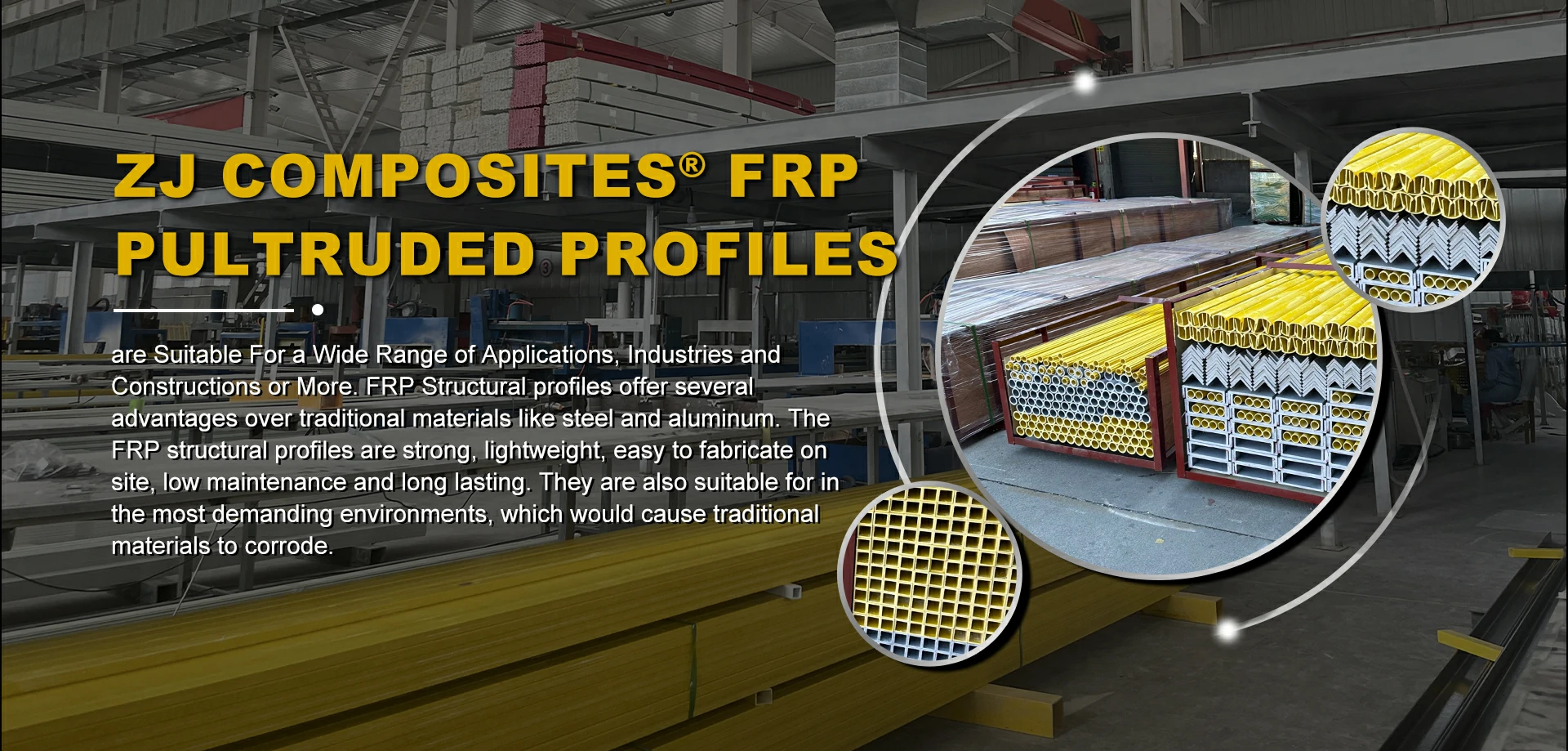loading...
- No. 9, Xingyuan South Street, Dongwaihuan Road, Zaoqiang County, Hengshui, Hebei, China
- admin@zjcomposites.com
- +86 15097380338
- Welcome to visit our website!
anti slip nosing
Anti-Slip Nosing Enhancing Safety and Aesthetics in Architecture
In today's fast-paced world, safety and design often go hand in hand, especially in architectural and construction practices. Among the various safety features incorporated into building designs, anti-slip nosing is a crucial element that deserves greater attention. In this article, we will explore what anti-slip nosing is, its benefits, applications, and the materials used in its construction.
Understanding Anti-Slip Nosing
Anti-slip nosing refers to the protruding edge of a step or stair tread that is designed to enhance traction and reduce the risk of slips and falls. Typically found on staircases, ramps, and landings, anti-slip nosing can be made from a variety of materials, each contributing to its effectiveness in preventing accidents. The inclusion of textured surfaces, contrasting colors, or reflective materials on the nosing helps improve visibility and grip, making it an essential safety feature in both public and private spaces.
Benefits of Anti-Slip Nosing
1. Increased Safety The primary purpose of anti-slip nosing is to enhance safety. Slips and falls are a leading cause of injuries, particularly in public areas where foot traffic is high. By providing a textured surface that increases friction, anti-slip nosing significantly reduces the likelihood of accidents.
2. Improved Visibility Anti-slip nosing often comes in contrasting colors or even luminous materials, making steps and edges more visible. This visual cue helps individuals, especially those with visual impairments, navigate stairways and ramps with greater confidence.
3. Durability Many anti-slip nosing products are designed to withstand heavy foot traffic and harsh weather conditions. This makes them suitable for both indoor and outdoor applications, ensuring long-lasting safety features that require minimal maintenance.
4. Aesthetic Appeal While safety is the primary concern, anti-slip nosing can also enhance the overall aesthetic of a staircase or ramp. With a variety of designs, finishes, and colors available, anti-slip nosing can complement the existing decor, adding elegance to functionality.
5. Compliance with Regulations In many jurisdictions, building codes mandate the use of anti-slip measures in public spaces. Incorporating anti-slip nosing ensures compliance with these regulations, helping to protect property owners from potential liability issues.
Applications of Anti-Slip Nosing
anti slip nosing

Anti-slip nosing is versatile in its applications and can be found in a myriad of settings
- Residential Homes Many homeowners are now prioritizing safety features, particularly for homes with elderly residents or young children. Installing anti-slip nosing on indoor steps and outdoor pathways can greatly enhance safety.
- Commercial Buildings Businesses, especially those frequented by the public, must consider the safety of their patrons. Anti-slip nosing is commonly used in shopping malls, airports, and office buildings to prevent slips and falls.
- Industrial Settings Factories and warehouses often have stairways and ladders that can become slippery due to various factors. Anti-slip nosing helps maintain safety standards in these environments, reducing workplace injuries.
- Public Transport Areas Train stations, bus stops, and airports often incorporate anti-slip nosing to ensure the safety of travelers, especially in areas exposed to the weather.
Materials Used in Anti-Slip Nosing
The effectiveness of anti-slip nosing largely depends on the materials used in its construction. Common materials include
- Metal Aluminum and stainless steel are popular choices due to their durability and resistance to corrosion. Metal nosings can be textured or coated with anti-slip surfaces for added grip.
- Rubber Rubber mats featuring anti-slip surfaces are often used in high-traffic areas where additional cushioning and grip are needed.
- Vinyl and Plastic Lightweight and versatile, these materials can be implemented in a variety of designs and colors, making them a popular choice for both residential and commercial applications.
In conclusion, anti-slip nosing is an integral aspect of modern architecture that promotes safety while enhancing the visual appeal of stairways and ramps. By understanding its benefits, applications, and the materials used, property owners and builders can make informed decisions that prioritize both safety and aesthetics in their designs. As we continue to innovate in building practices, the importance of anti-slip features cannot be understated; they are a small detail that can make a substantial difference in preventing accidents and ensuring safety for all.
-
The Rise of FRP Profiles: Strong, Lightweight, and Built to LastNewsJul.14,2025
-
SMC Panel Tanks: A Modern Water Storage Solution for All EnvironmentsNewsJul.14,2025
-
GRP Grating: A Modern Solution for Safe and Durable Access SystemsNewsJul.14,2025
-
Galvanized Steel Water Tanks: Durable, Reliable, and Ready for UseNewsJul.14,2025
-
FRP Mini Mesh Grating: The Safer, Smarter Flooring SolutionNewsJul.14,2025
-
Exploring FRP Vessels: Durable Solutions for Modern Fluid HandlingNewsJul.14,2025
-
GRP Structures: The Future of Lightweight, High-Performance EngineeringNewsJun.20,2025
